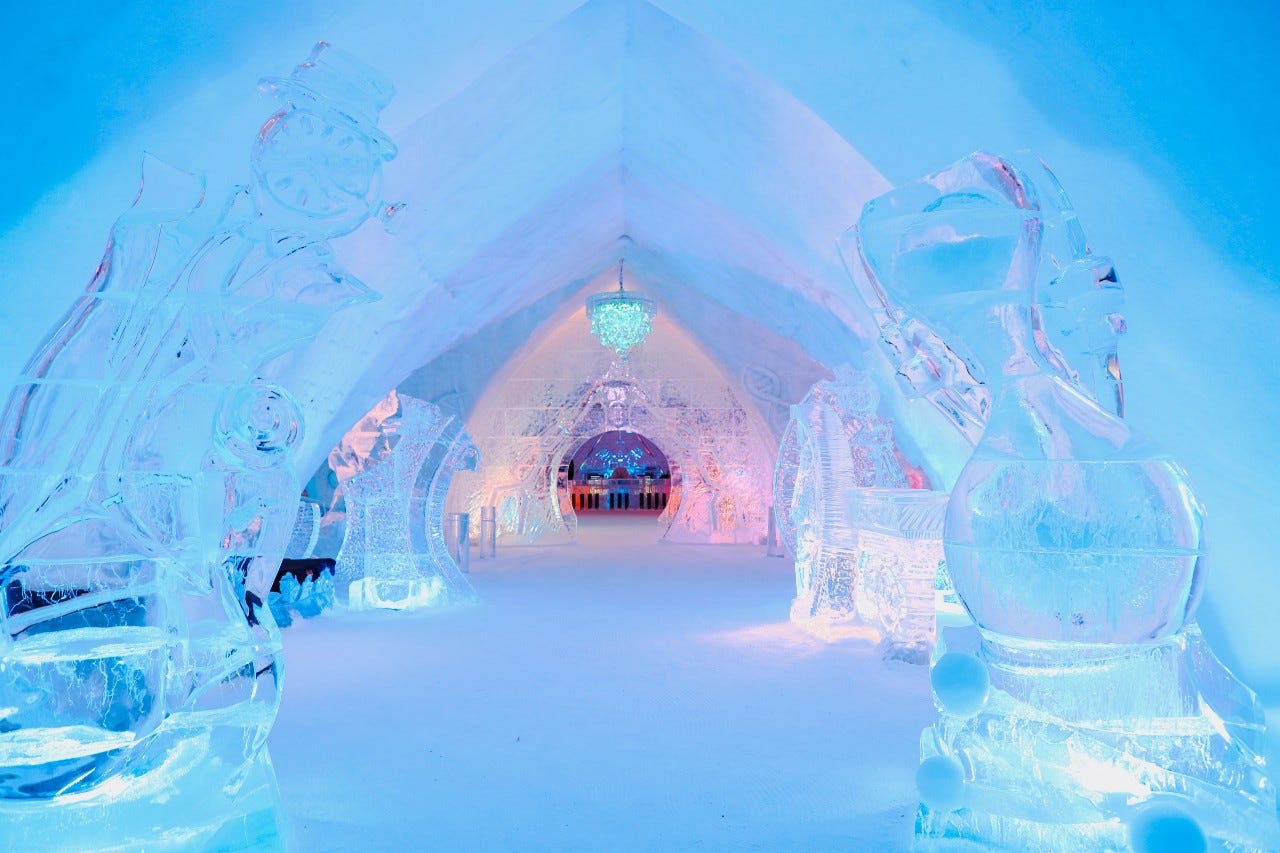In the footsteps of King Kong
There’s a monster headed for New York - but this one won’t be climbing the Empire State Building.
A stegosaurus fossil the size of an elephant has just gone on display in the American Natural History Museum on the Upper West Side.
Dubbed “Apex”, the fossil measures more than three metres high and eight metres long and is the most expensive dinosaur in the world.
It’s not the only big news in the country’s museum scene.
Several American museums have closed or adapted First Nations exhibits this year.
That follows new regulations requiring museums to get informed consent from descendants before displaying human remains or cultural items.
Other museums, including the Montclair Art Museum, have worked with indigenous curators to radically rethink their First Nations exhibits.
But one of the most intriguing changes is also one of the smallest.
At a range of institutions around the country, you will no longer see the label “artist unknown”.
Instead, museums such as the Hood Museum of Art at Dartmouth College and the Rhode Island School of Design Museum now use labels saying “artist once known”.
The difference is subtle, but important.
“Artist unknown” suggests that the artist’s identity is not that important.
“Artist once known” is an acknowledgement that the artists were known and celebrated in their community, and that we are the ones who poorer for having lost their identities.
This is my last Substack for the year – I’m heading off on summer break. Thanks for reading and hope to catch up again next year.
One more thing
Chalking up its 25th anniversary is Quebec City’s Hôtel de Glace, the only restaurant built of snow and ice in North America. This year, it’s not just overnight guests who can enjoy the experience. On Friday and Saturday nights from January 17 to March 15, guests can also enjoy a three-course dinner in a one-of-a-kind setting




